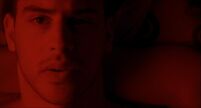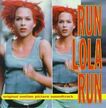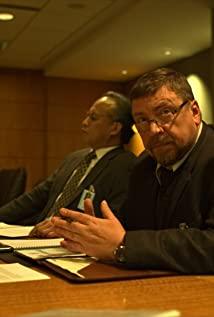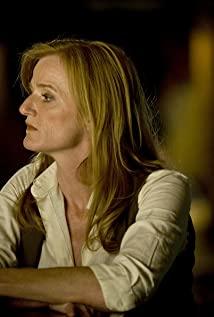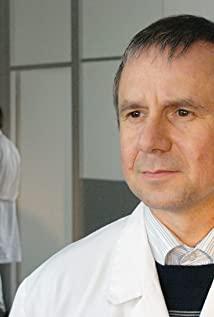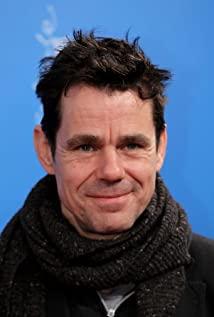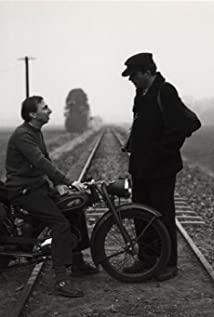I had a brief exposure to film history in high school, and I was deeply impressed by the film Lola Run. Some people describe it as a film that uses montage to the extreme. The filming method of experimental film significance has a profound influence on many later films.
The director of the film is the German director Tom Tykwer. The director who grew up drinking Coke and eating burgers has always done something ahead in his directorial career. This is evident from his masterpieces. In addition to this work, he also directed Films such as Perfume and Cloud Atlas. If "Cloud Atlas" is the result of using makeup techniques to the best of its ability, then this work is a master work using montage techniques. Although the director's use of technology is bold and avant-garde, it does not prevent the director from being sophisticated in the structure of the story, which will be mentioned later.
First of all, let’s make a rough analysis of the lens language of the film. The film uses a lot of montage techniques. The director of the film uses a rotating lens to alternately shoot the moving crowd. At the center of the lens, there will always be a person standing still and standing in the sea of people. , and then the camera slowly zooms in to give a close-up of the face. These seemingly stream-of-consciousness shots actually pave the way for the movie. These people are part of the protagonist Lola's story, or Lola created them. This is not discussed in detail, and will be mentioned later.
The film is divided into three parts, and the overall story is similar. It can be noticed that the segment of Lola going down the stairs is the only part of the film that uses animation. The exaggerated expression of the comics reflects the ferocity of the dog in the stairwell and her panic. In Lola's running, the director used a large number of shots, long shots, close-ups, close-ups, constant switching, interspersed with camera shakes, to create a sense of tension, showing that Lola's situation is very critical. When Lola met a cyclist, a doorman, a driver, an accountant and a secretary, the director also used a montage technique to explain everyone's life background one by one. Lola and Manny are interspersed back and forth throughout the story, expressing the bond between the troubled two, and again underscoring the urgency of time.
The following is an analysis of the plot and meaning of the story. The background of the story is very simple. The two must raise 100,000 marks within 20 minutes, otherwise the consequences will be disastrous. Such a simple story, but it was arranged by the director to be full of dramatic conflict. First of all, the setting of the heroine Lola is a person who loves the most. She can give everything for her lover, and then the story will run wild, and the hero Manny is a little gangster who doesn't do his job properly. It is he who lost the money that the boss gave him to let him The two are in trouble. And Lola's father is negotiating with his lover at this time, and his banker status has become Lola's life-saving straw, but the father and mother's ill-named marriage makes this hope dim. The other characters in the story are the factors that affect the progress of the story. For example, whether Lola was bitten by a dog when she went downstairs affects whether she will run into the car, whether the car driver can leave on time, whether Lola will run into his father, and so on.
I think what the director wants to express is that slight changes in life may lead to a completely different outcome, and Lola's first two endings are obviously unsatisfactory, probably because the director designed it at the end to keep the audience from being too disappointed. A relatively good result, but in fact it also implicitly expressed that many things in life are futile, and Lola tried her best in exchange for a busy schedule.
These are my thoughts on the film.
View more about Run Lola Run reviews



